
EVO ICL™ Lens
EVO ICL™ Lens in San Francisco
The entire team here at the San Francisco Eye Institute prides itself in offering our patients a complete selection of vision correction options that can be customized to their unique needs. The EVO ICL (Implantable Collamer Lens) is a popular and reversible advanced vision correction option for those seeking clearer vision that suffer from nearsightedness (myopia) and astigmatism, very common vision errors, and is ideal for patients with thin corneas.1
More than 2 million EVO ICL lenses have been sold worldwide. With the EVO ICL, our patients enjoy clear, sharp vision—often without the need for eyeglasses or contact lenses.2
Book Online Vision Correction Quiz“I’ve always had vision, but not the best eyesight. For me, EVO ICL changed everything.”
– Will Levis, NFL Quarterback
What is EVO ICL?
The EVO ICL by STAAR Surgical is an Implantable Collamer Lens, a micro-thin, removable lens implant made of 100% biocompatible material. This means that the lens works in harmony with the natural eye. This lens can correct both myopia (nearsightedness) and astigmatism, and it also provides UV protection.
Unlike some other vision correction procedures, EVO ICL does not involve reshaping the cornea, which makes it an excellent option for patients who may not be good candidates for LASIK and PRK. The EVO ICL can be a permanent vision correction option if both you and your doctor determine it is the best procedure for your overall vision correction goals, but can also be removed if your vision needs change.
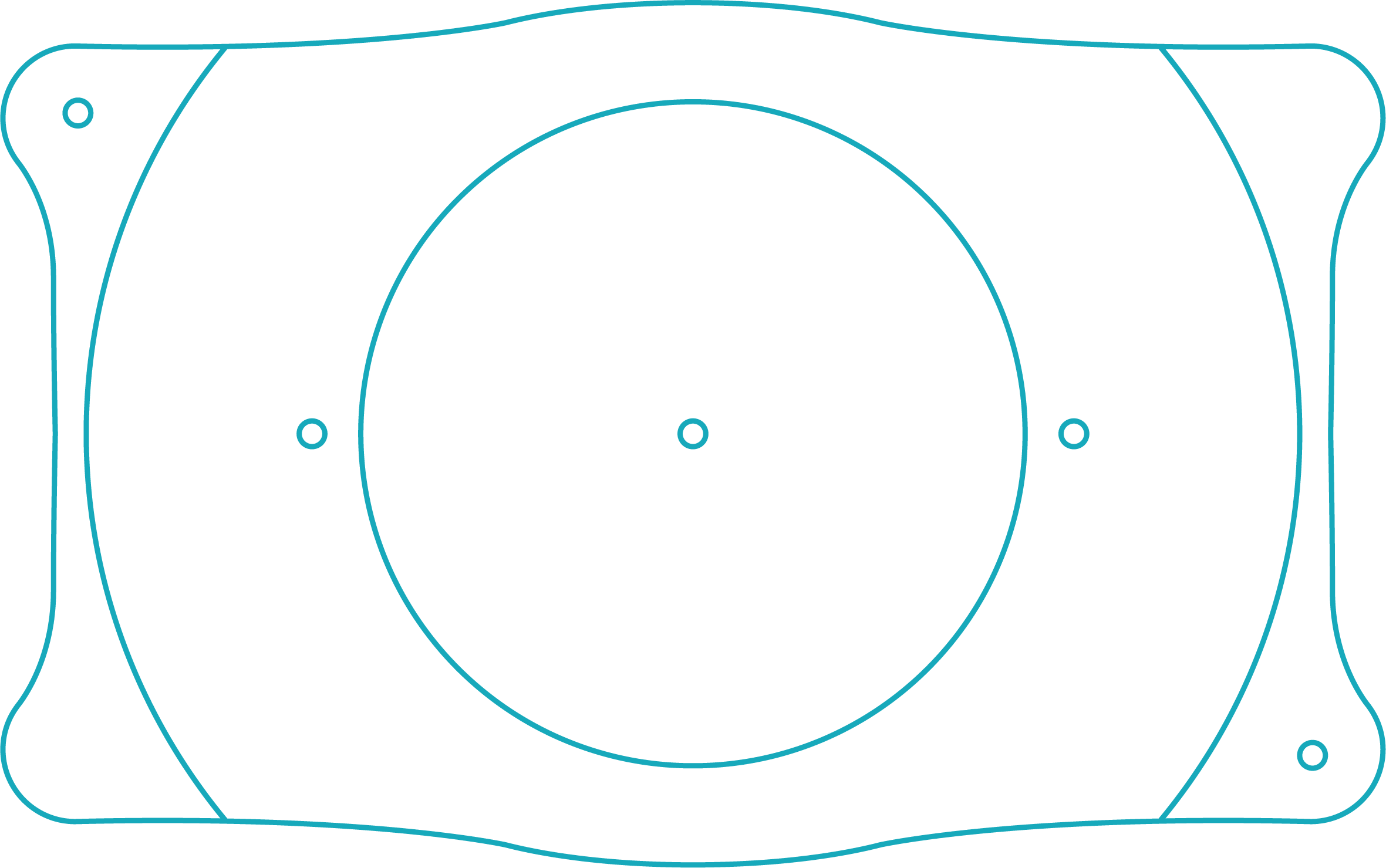
Benefits of EVO ICL
EVO ICL is a cutting-edge vision correction solution that provides patients with a range of advantages, including:
- Sharp, Clear Vision: Experience crisp, high-definition vision during the day and at night.3
- High Patient Satisfaction: More than 99% of patients report they would choose EVO ICL again.4
- Ideal for Thin Corneas: A great option for those who are not candidates for LASIK or other laser procedures due to thin corneas.5
- Good for Patients with Dry Eye Syndrome: Unlike laser vision correction, EVO ICL does not cause or worsen dry eye symptoms.6
- Additive Technology: The procedure does not remove corneal tissue, preserving the natural structure of your eye.
- Biocompatible Material: EVO ICL works in harmony with the natural eye.
- Reversible & Upgradable: Although designed to be long-term, EVO ICL can be removed or updated if needed.
- Built-in UV Protection: Helps shield your eyes from harmful ultraviolet rays.
- Quick & Minimally Invasive: The procedure is performed in about 20–30 minutes with a short recovery period—many patients resume normal activities the next day.
The EVO ICL Procedure: What to Expect
Preparing for EVO ICL
The EVO ICL is implanted in a fast, outpatient procedure at our ambulatory surgery center (located in the same building as our clinic), and there is little our patients need to do to prepare. During your consultation with your ophthalmologist, he or she will conduct a thorough eye exam and help you understand the benefits of EVO ICL for your particular case.
Once your procedure is scheduled, a member of our team will give you preoperative and postoperative instructions. You will not be able to drive yourself home after the procedure, so you will need to make arrangements with a friend or family member for transportation.
The EVO ICL Procedure
The EVO ICL procedure is virtually pain-free and is a 20-30 minute procedure.
Before beginning EVO ICL surgery, your eye surgeon will apply anesthetic eye drops to numb your eyes. A special device will be used to hold your eyes open so you won’t need to worry about blinking. As you recline comfortably, your ophthalmologist will create a small opening, inserting and positioning the Implantable Collamer Lens between the natural lens of the eye and the iris.
Once your EVO ICL procedure is completed, you will recover here briefly before a friend or family member drives you home. You’ll notice a near-immediate improvement in your vision.
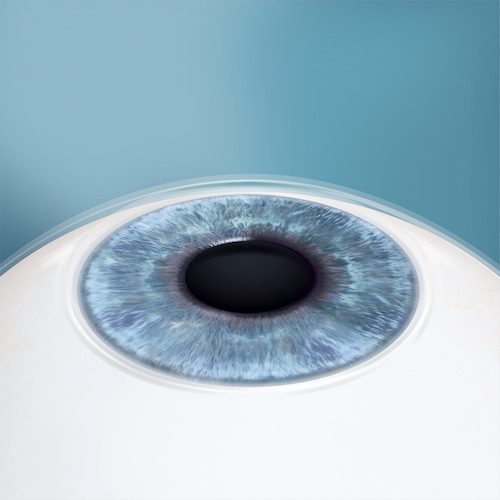
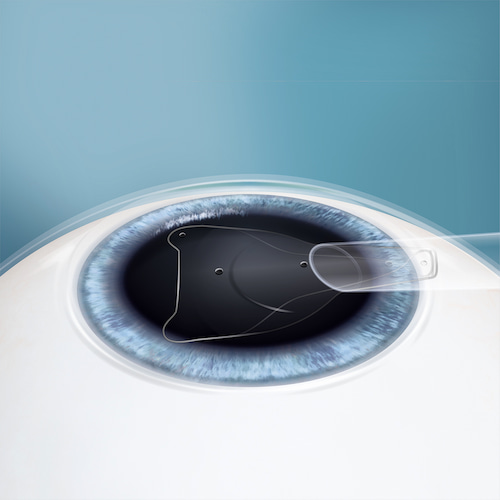
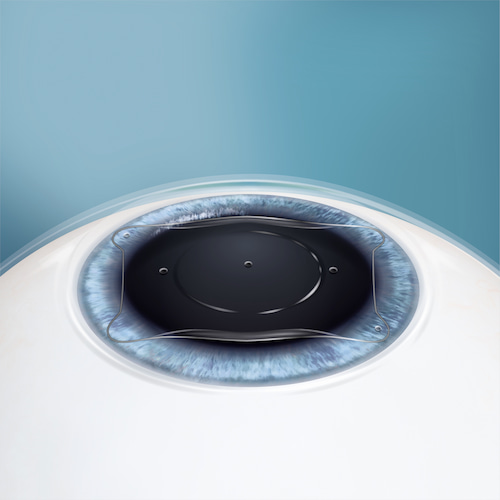
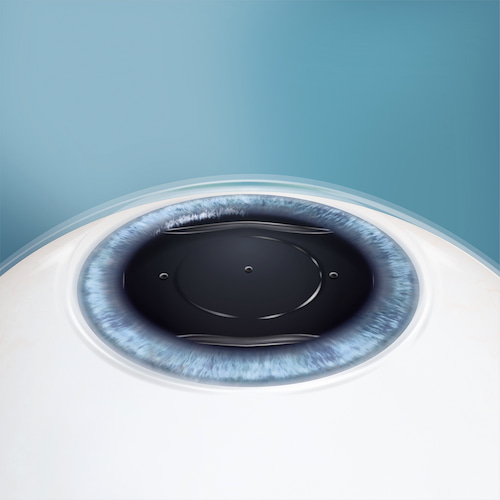
EVO ICL Results and Recovery
After the EVO ICL is successfully implanted, patients will experience sharp and clearer vision, providing a brand new, vivid perspective to see the world around them with great depth and dimension. The recovery time is very brief, with most patients returning to their normal activities in a day or two.
Additionally, there is little to no maintenance associated with the EVO ICL, and it is intended to remain in place as long as you are satisfied with your vision. The EVO ICL is surgically removable, if necessary, and the procedure does not permanently alter the shape of the cornea, unlike other laser vision correction surgeries.

4.8/5 Average Rating based on over 500 reviews
Frequently Asked Questions About EVO ICL
How does EVO ICL differ from LASIK and PRK?
EVO ICL, LASIK, and PRK are all effective vision correction procedures, but they work in different ways. LASIK and PRK are laser eye surgery procedures the cornea by removing tissue to improve how light is focused on the retina. In contrast, EVO ICL is an additive procedure that enhances vision without altering the cornea’s structure. This makes it a great refractive surgery option for individuals with thin corneas, those prone to dry eye syndrome, or patients with high prescriptions that may not be fully corrected with laser procedures. Additionally, EVO ICL is reversible—if necessary, the lens can be removed by an eye doctor.
Who is a good candidate for EVO ICL?
The EVO ICL was developed to help those suffering from minor to severe refractive errors like astigmatism and nearsightedness. This may be the right eye surgery procedure for your vision correction goals if the following apply to you:
- Aged between 21 and 45
- Have maintained a steady eye prescription for at least six months
- Are seeking an alternative to glasses and contact lenses
We recommend you undergo a vision consultation in order to determine the best vision correction plan for you. If the EVO ICL is not right for you, other options are available. EVO ICL may not be the best solution for the following:
- Patients who are pregnant or nursing
- Patients with uncontrolled dry eye or blepharitis
- Patients with corneal endothelial dystrophy
Will I be able to feel the lens once it is in place?
The EVO ICL is designed to be completely unobtrusive after it is put in place. It stays in position by itself and does not interact with any of the eye’s structures.
Is the EVO ICL visible to others?
No. The lens is positioned behind the iris (the colored part of the eye), where it is invisible to both you and those around you.
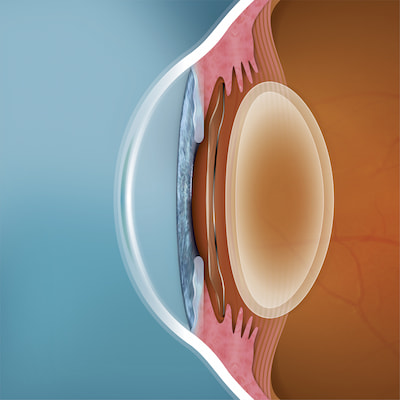
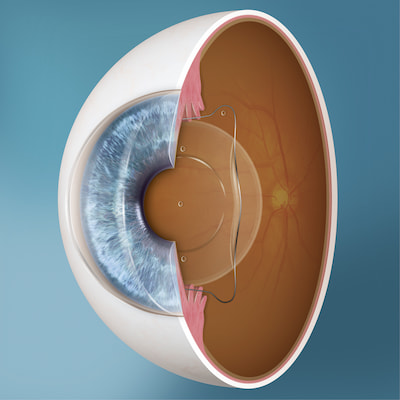
Contact San Francisco Eye Institute for an EVO ICL Consultation
Contact UsThe San Francisco Eye Institute team is here to answer any questions you may have about EVO ICL, or can assist you by scheduling an appointment with one of our doctors. Contact us today to discover if the EVO ICL is right for you.
1 Parkhurst GD, Psolka M, Kezirian GM. Phakic intraocular lens implantation in United States military warfighters: a retrospective analysis of early clinical outcomes of the EVO ICL. J Refract Surg. 2011 Jul;27(7):473-81. doi: 10.3928/1081597X-20110106-03. Epub 2011 Jan 17. PMID: 21243974. Available: https://pubmed.ncbi.nlm.nih.gov/21243974/. Accessed February 12, 2025.
2 Sanders D, Vukich JA. Comparison of implantable collamer lens (ICL) and laser-assisted in situ keratomileusis (LASIK) for low myopia. Cornea. 2006 Dec;25(10):1139-46. doi: 10.1097/ICO.0b013e31802cbf3c. PMID: 17172886. Available: https://pubmed.ncbi.nlm.nih.gov/17172886/. Accessed February 12, 2025.
3 Igarashi A, Kamiya K, Shimizu K, Komatsu M. Visual performance after implantable collamer lens implantation and wavefront-guided laser in situ keratomileusis for high myopia. Am J Ophthalmol. 2009 Jul;148(1):164-70.e1. doi: 10.1016/j.ajo.2009.02.001. Epub 2009 Apr 17. PMID: 19375059. Available: https://pubmed.ncbi.nlm.nih.gov/19375059/. Accessed February 12, 2025.
4 Gimbel HV, Ziémba SL. Management of myopic astigmatism with phakic intraocular lens implantation. J Cataract Refract Surg. 2002 May;28(5):883-6. doi: 10.1016/s0886-3350(01)01098-7. PMID: 11978472. Available: https://pubmed.ncbi.nlm.nih.gov/11978472/. Accessed February 12, 2025.
5 Ganesh S, Brar S, Pawar A. Matched population comparison of visual outcomes and patient satisfaction between 3 modalities for the correction of low to moderate myopic astigmatism. Clin Ophthalmol. 2017 Jul 3;11:1253-1263. doi: 10.2147/OPTH.S127101. PMID: 28740361; PMCID: PMC5505606. Available: https://pubmed.ncbi.nlm.nih.gov/28740361/. Accessed October 26, 2021.
6 Martínez-Plaza E, López-Miguel A, López-de la Rosa A, McAlinden C, Fernández I, Maldonado MJ. Effect of the EVO+ EVO Phakic Implantable Collamer Lens on Visual Performance and Quality of Vision and Life. Am J Ophthalmol. 2021 Jun;226:117-125. doi: 10.1016/j.ajo.2021.02.005. Epub 2021 Feb 9. PMID: 33577790. Available: https://pubmed.ncbi.nlm.nih.gov/33577790/. Accessed October 26, 2021.
Page Updated:
The doctors at San Francisco Eye Institute have either authored or reviewed and approved this content.
Ensuring the highest level of vision care and individual attention possible.
Whether you just need a general eye exam, or if you are interested in reducing or eliminating your need for glasses or contacts, our team is here to help! Contact us to book an appointment today!



